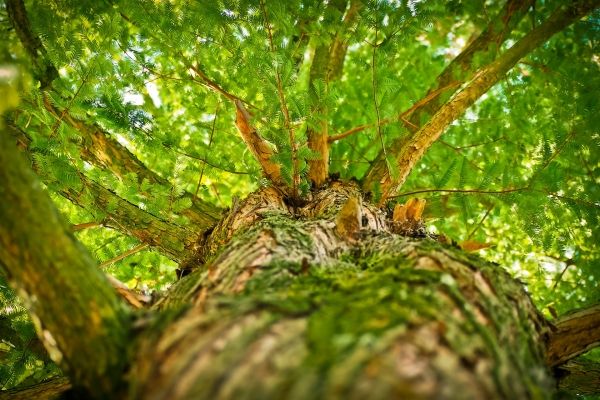There is no crystal ball to tell ecologists how forests of the future will respond to the changing climate, but a University of Arizona-led team of researchers may have created the next best thing.
By combining tree-ring data with U.S. Forest Service inventory data on Arizona's ponderosa pines, the team captured a more complete picture than traditional models have provided of what drives future tree growth. The researchers predict a 56 to 91% decline in individual tree growth, according to a new study published in Global Change Biology.
"The growth declines we're forecasting will mean less uptake of atmospheric carbon dioxide in the future by Arizona's forests," said lead study author Kelly Heilman, a postdoctoral research associate in the UArizona Laboratory of Tree-Ring Research. "While Arizona's forests are relatively small in terms of their contribution to the total U.S. carbon sequestration, our approach can be used to make the same predictions for forests around the world."
Forests remove carbon dioxide from the atmosphere, which offsets some greenhouse gas emissions globally and helps to mitigate climate change.
"It's a free service that forests provide, so forests have been touted as one of the many natural climate solutions that countries rely on to offset their emissions," Heilman said. "But competition between trees, droughts and disturbances can reduce forest carbon uptake. Knowing how much carbon forests take up globally is essential to addressing the climate crisis and planning for a resilient future."
Read more at: University of Arizona
Photo Credit: 652234 via Pixabay


